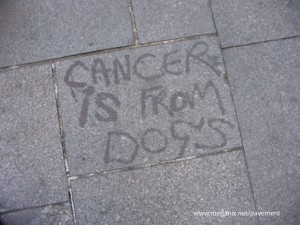Black Santa was an Erskineville man, Syd ‘Doc’ Cunningham, who used to distribute presents to rural children every Christmas. Syd would sit outside the Woolworths supermarket in King Street, Newtown, collecting money and toys throughout the year. Around Christmastime he would give a Christmas card to people who dropped money in his bucket.
After Syd died in 1999 a bronze plaque was installed at the spot where he used to set up his folding table. On it was a depiction in relief of his plastic bucket.
In 2000 the footpath was repaved, with synthetic bluestone pavers replacing the asphalt.
Before the works commenced the plaque was removed. But in the place where it had been glued to the footpath, somebody wrote an impromptu memorial to Black Santa in red chalk.
After the repaving was finished, the original plaque was reinstalled, and it’s still there today. The supermarket itself has changed hands a few times. Currently it’s an IGA. And Syd’s plaque has become the focal point for beggars who keep his memory alive by collecting for themselves.
Funny thing though. Just a few days ago, someone wrote a post about the plaque on the Republic of Newtown Facebook page, adding, ‘ Sadly, the plaque was removed when the footpath was resurfaced’. Somehow this person had failed to notice that the plaque was put back fourteen years ago. That Facebook page got many comments and even though several noted that the plaque was still there, quite a few comments demanded that the plaque be replaced. Sentimental indignation prompted by misinformation. It happens.
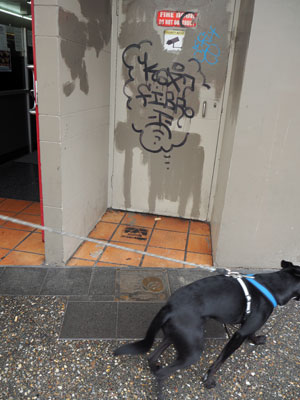
The plaque in the same place, next to the IGA supermarket, December 2014. All photos of this spot in King Street are from the Pavement Graffiti archives by meganix.
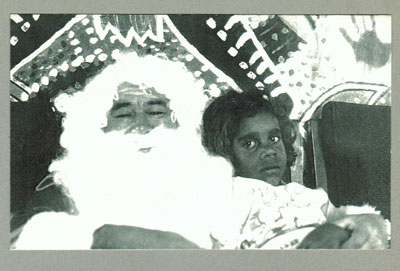
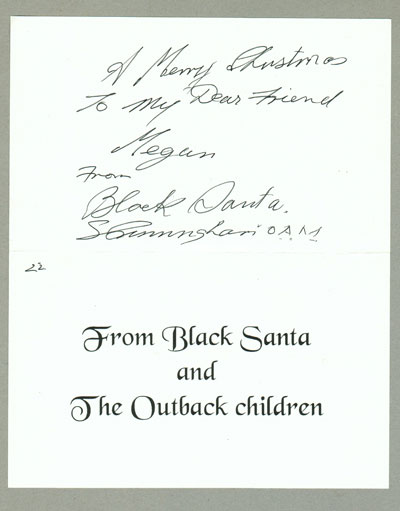
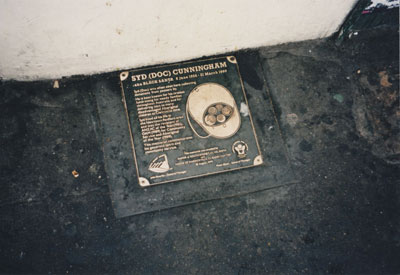
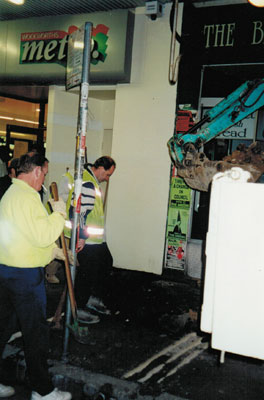
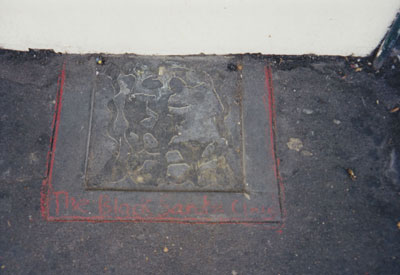
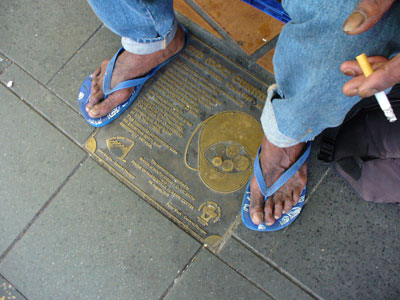
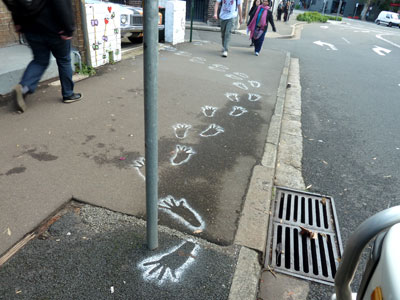
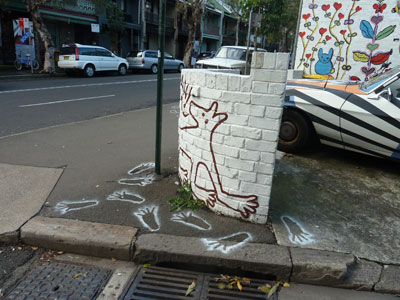

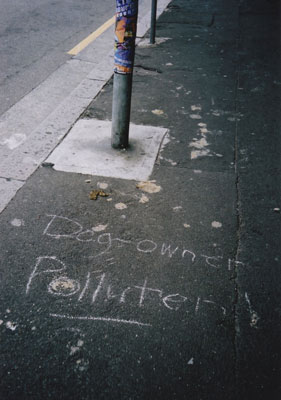
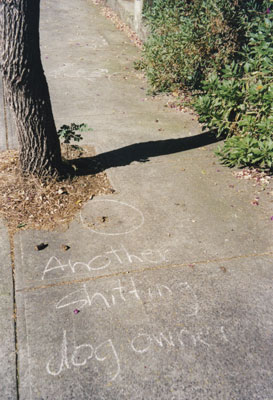
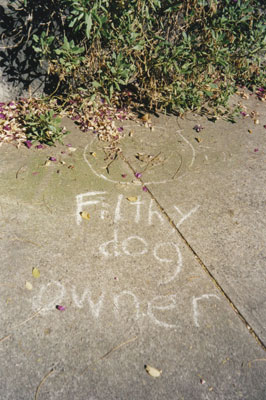

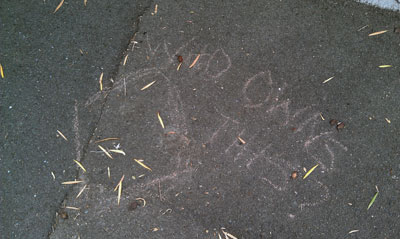

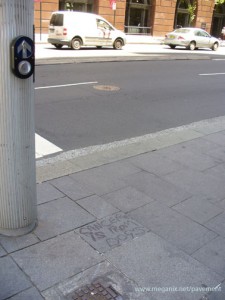 In a week when we are reminded that influenza is from pigs and birds, perhaps it’s time to reflect on the message spread by some aggrieved crusader in 2007-2008. This person broadcast their warning widely around Sydney’s northern beach suburbs and also in the city itself. Pavement graffiti is fairly rare in the CBD – it soon gets scrubbed off by cleaning machines. This example was on the corner of Elizabeth Street and Martin Place, and judging from the reddish remnants on the greasy writing the medium was lipstick.
In a week when we are reminded that influenza is from pigs and birds, perhaps it’s time to reflect on the message spread by some aggrieved crusader in 2007-2008. This person broadcast their warning widely around Sydney’s northern beach suburbs and also in the city itself. Pavement graffiti is fairly rare in the CBD – it soon gets scrubbed off by cleaning machines. This example was on the corner of Elizabeth Street and Martin Place, and judging from the reddish remnants on the greasy writing the medium was lipstick.